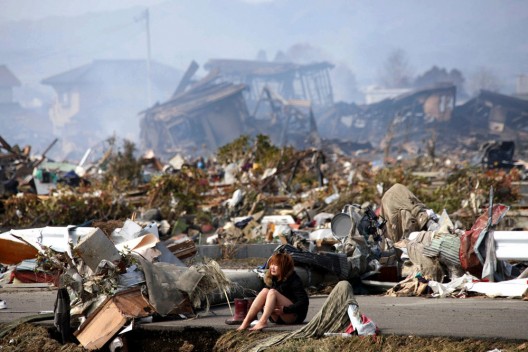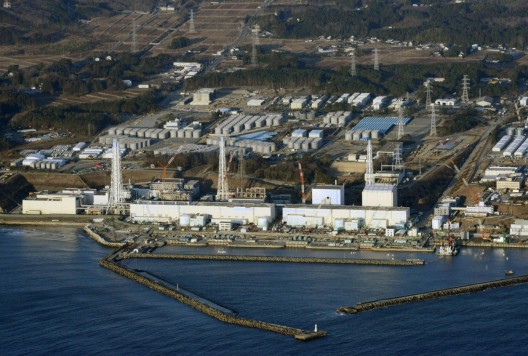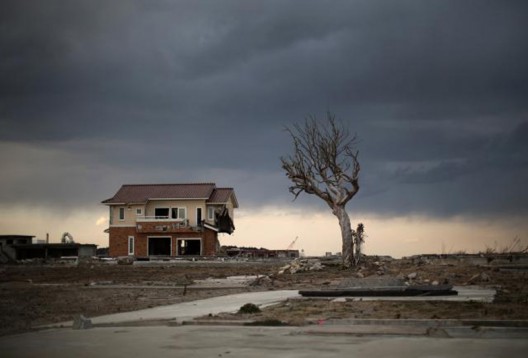Japan marks the fifth anniversary of the tragic and catastrophic meltdown of the Fukushima nuclear plant. On March 11, 2011, a massive earthquake and tsunami hit the northeast coast of Japan, killing 20,000 people. Another 160,000 then fled the radiation in Fukushima. It was the world’s worst nuclear disaster since Chernobyl, and according to some it would be far worse, if the Japanese government did not cover up the true severity of the devastation.

Fukushima Tour
At least 100,000 people from the region have not yet returned to their homes. A full cleanup of the site is expected to take at least 40 years.
However, the interest among tourists continues. A group of 10 volunteers in the role of guides is at service to all inquisitive Japanese who want to personally look at the disastrous consequences of the former accident.

Fukushima Tour
Using dosimeters to avoid areas with high levels of radiation, Fukushima guides organize tours through the fields where agriculture is banned. The offer also includes a tour of the buildings in the village of Namie, located 8 kilometers from the power plant, which is considered too contaminated to be demolished.

Fukushima Tour










